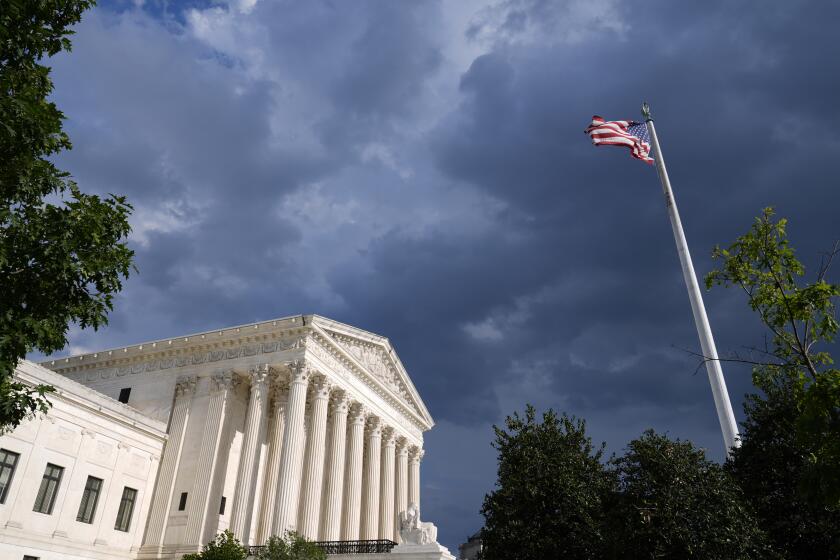Death toll from Philippine storm rises past 700
- Share via
Reporting from Seoul — The death toll from a devastating late-season storm in the southern Philippines rose Sunday to more than 700 after massive floods washed away entire villages, drowned residents who had been sleeping and swept victims out to sea, authorities said.
Hundreds remained missing as beleaguered rescue workers patrolled the Philippine Sea off Mindanao Island in search of bodies. Officials attributed the rising toll from Typhoon Washi to the unlucky confluence of such factors as the absence of a flood warning, high tide, darkness and a false sense of security.
The typhoon dumped a month’s worth of rain in just 12 hours Friday on some parts of an island unaccustomed to such fierce storms, smashing homes and bridges, uprooting trees and carrying off vehicles.
“People were already asleep, the storm hit pineapple plantations that don’t absorb water, it was high tide and waterways were heavily silted. It’s unprecedented and overwhelming,” said Gwendolyn Pang, secretary general of the Philippine Red Cross. “Our fear is that there may have been whole families that perished so there’s nobody to report what happened.”
Pang said most of the dead and missing appeared to be women and children.
Television images showed that the worst-hit cities of Cagayan de Oro and nearby Iligan had been turned into mud-filled wastelands, where shocked survivors wading through knee-deep floodwaters assessed the damage to homes and businesses, checking morgues and hospital for word of missing loved ones.
As the storm moved out to sea Sunday, more than 35,000 people flocked to hastily erected evacuation centers. Philippine President Benigno Aquino III planned to fly over the devastated area early this week.
A fact that might have added to the high death toll was the storm’s proximity to Christmas, when many people in the predominantly Roman Catholic nation assemble in home villages, officials said.
Search and rescue workers said coffins and body bags were in short supply. “It’s overwhelming; we didn’t expect this many dead,” said Benito Ramos, who heads the government’s disaster response effort.
Ramos said bodies continued to be picked up at sea.
Several army officials said they would cancel holiday celebrations and instead donate the money to victims. But officials said that many of the hardest-hit areas were isolated and so filled with debris that it would be difficult to get assistance to the neediest there.
Many families made a heart-wrenching tour of mortuaries, looking for the bodies of relatives. At one, a solitary worker embalmed a line of 20 bodies laid in a row.
Situated in the middle of the region’s typhoon belt, the Philippine archipelago is hit by nearly two dozen typhoons each year. But Ramos said officials attributed the high casualties “partly to the complacency of people because they are not in the usual path of storms” despite warnings from officials that a major system was approaching the area. Many residents anticipated the storm, but the not floods.
Officials acknowledged that illegal logging and mining contributed to the storm’s damage since there were fewer trees to hold water and prevent erosion.
“We can really see how vulnerable we are,” federal environmental official Nereus Acosta told the Philippine Daily Inquirer. “When you tamper with the watersheds and the forests, we become vulnerable.”
The nation’s deadliest storm struck in 1991, triggering floods that killed an estimated 8,000 people.
More to Read
Sign up for Essential California
The most important California stories and recommendations in your inbox every morning.
You may occasionally receive promotional content from the Los Angeles Times.














